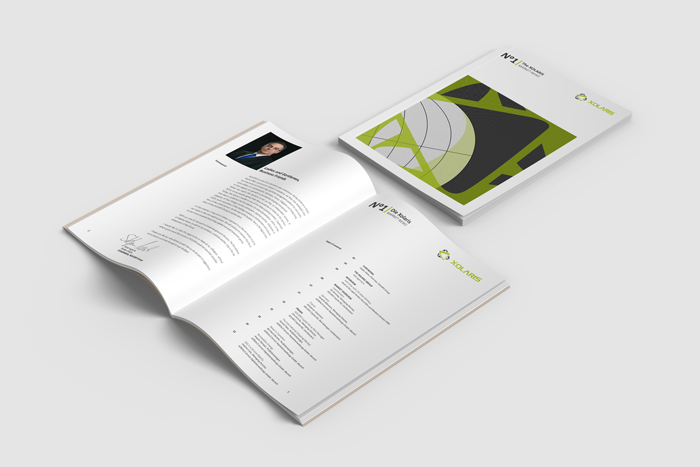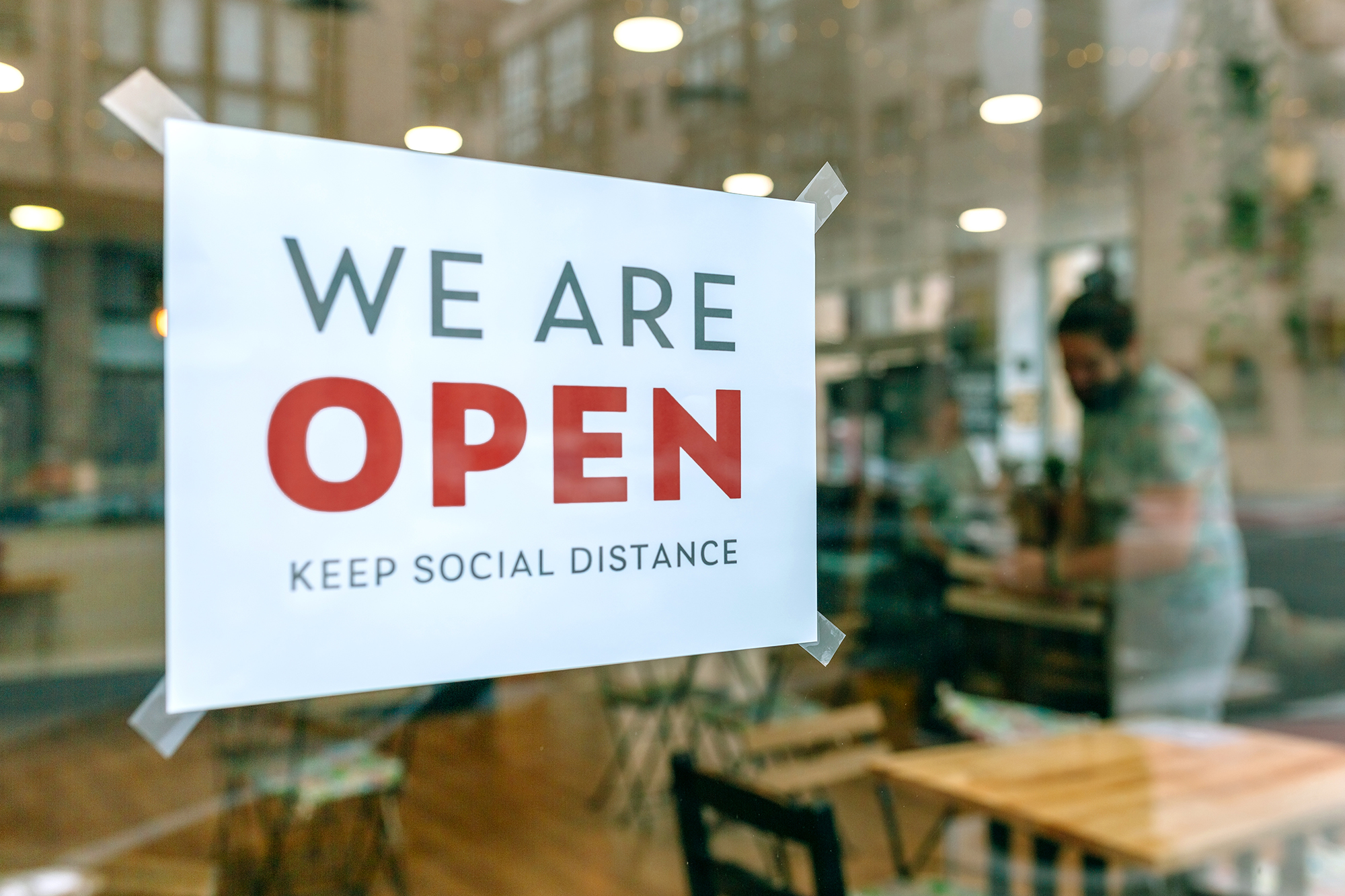XOLARIS Group2023-03-08T10:05:25+00:00
Retail in Transition
Any useful examination of the retail trade
MUST INVOLVE AN ANALYSIS OF HOW IT IS STRUCTURED
An initial approach to this can be obtained from the type of product assortment available. Below, we look at both the food sector (including related products) and the non-food sector.
When it comes to distribution channels, a basic distinction can be drawn between stationary retail and online retail, whereby stationary retail can be broken down in turn into “shopping malls”,
“specialist retail centres” and inner-city retail.
The retail trade ensures that the population is supplied with its basic needs. In this regard, any changes taking place in this sector are an issue of crucial importance in relation to the its socio-
economic structure, as they are accompanied by corresponding alterations in lifestyle and the ways people organise their lives.
In the last 20 years, for example, it has become clear that “department stores” as a concept are increasingly just the “shopping temples” of a bygone era, they are virtually obsolete. In Germany first and foremost, the demise of Karstadt comes to mind. Changes in buying and demand behaviour have largely led to the “department stores'” becoming increasingly irrelevant, and this process has been accompanied by numerous individual store closures.
Online trading in clothing, computers, electronic articles and here, sales figures have been increasing for years. Top of the list in terms of online sales is clothing, at almost 9 billion euros, followed by computers and software at around 6 billion euros, and other retail at 4 billion euros.
If one looks at the importance of online trade for the individual product groups, a different picture emerges: the share of online trade is only 17.1 % for clothing, as over 51 billion euros were turned over here in stationary retail. Clothing is only in twentieth place among product groups with the highest online share. Musical instruments and music supplies are at the top, at just under 52 %, while recorded sound and image products account for almost 49 % of online sales. Antiquarian bookshops follow in third place at over 45 %, with toys in fourth place at over 36 %. The food sector, with a 3.8 % share of total online sales, amounts
to a vanishingly small share.
The share of online trade as a proportion of total trading volume rose from 3.5% in 2010 to its current market share of 10.4% in 2020. The following diagram illustrates this and projects that, even estimated conservatively, its market share will
continue to rise.
Thus, online retailing will become increasingly important in the future, and this means that “non-online retail” will have to adapt to these changes.
Face-to-face shopping in non-food retail will become increasingly less significant. This could have far-reaching effects on shopping malls and inner-city “shopping miles”, in particular. To date, the latter have served as an development and urban planning concept intended to revitalize city centres, but it must always be borne in mind that today’s real estate investments are our urban planning face of tomorrow. In this regard, change is only possible slowly and gradually. While it will certainly be possible to convert individual retail properties, I am somewhat sceptical when it comes to large scale developments. In this regard, creative ideas and schemes for urban design and revitalisation are needed. Shopping as an “event” seems to be slowly dying out.
If there really is a significant decline in demand for retail space, there will be downward pressure on rents for non-food space. Thus, the food sector, it seems at present, will be little affected by this trend.
Since March 2020, Covid-19 has been circulating around the world in the form of a pandemic.
To contain it, our government has ordered two lockdowns During the first lockdown, from the end of March to mid-May, all non-food retailers were required to close their stores. Numerous government transfer payments were supposed to at least partially compensate for the corresponding losses of sales. After six weeks of closures, most retailers have recovered. During the second lockdown from 15.12.2020, which we are currently still in, all non-food retail markets have had to close again.
Transfer payments were also intended to mitigate the loss of sales. However, due to bureaucratic obstacles and hurdles, only a small part of the transfers were actually taken up. Large retail chains, such as Adler and Pimkie- , have already filed for insolvency. In addition, during the lockdown, shopping was only possible online. This meant that even avid face to face shoppers were forced to order online. While some of them will certainly now be more open to online shopping than previously, just how major the shambles will be, once the retail trade reopens, will only become clear in early summer. Further insolvencies seem at least a possibility.
There is a broad consensus that structural changes to the retail sector will be reinforced and accelerated by Covid-19. In any case, the losers will be retail shops, with smaller shops, in particular, bebeing severely affected.
So it remains exciting to see what the future holds in terms of shopping behaviour. What is certain, however, is that retail properties will be losers and logistics properties supporting online tradinge will be winners.
XOLARIS is now in its eleventh year of existence. Having started as a classic back-office outsourcer based in Constance, we have now developed into an international structuring and fund management platform for real assets, with offices in Liechtenstein, Germany, France, Singapore and Hong Kong.
In this regard, our growth is consistently breaking new ground.
When we made the decision to set up KVG, an independent service, in 2014, many people agreed that there would be no market for this service.
Today, the ManCo market is one of the fastest growing markets. Expansion into Asia in 2018 laid the foundations for internationalisation, which, in the capacity of first foreign market participant, reached another milestone in 2020, with relocation of the holding company to Liechtenstein and acquisition of the AIFM licence. As the next AIFM location, Paris is the logical next step of the XOLARIS Group’s success story.
In this context, it was and is always important to us that we remain true to our roots in the real asset business. We will continue to maintain this focus as we move towards becoming a global real asset investment group.
With our new CI, we want to break new ground in this area. The first edition of Market News as well as our podcasts, constitute another step in the development of the Group.
I would like to take this opportunity to thank all my colleagues, without whose great work the success of XOLARIS would not have been possible.
I hope you like our new format as well. Even so, we are open to suggestions and criticism and look forward to your feedback.



